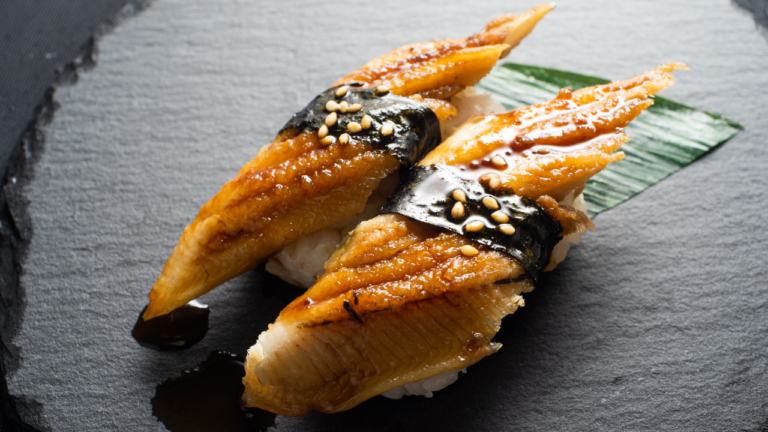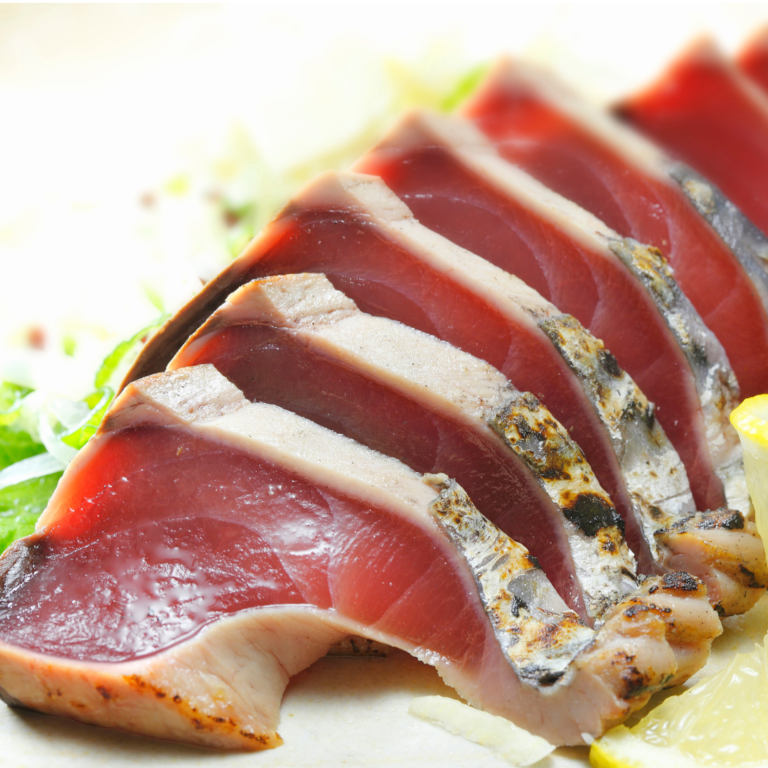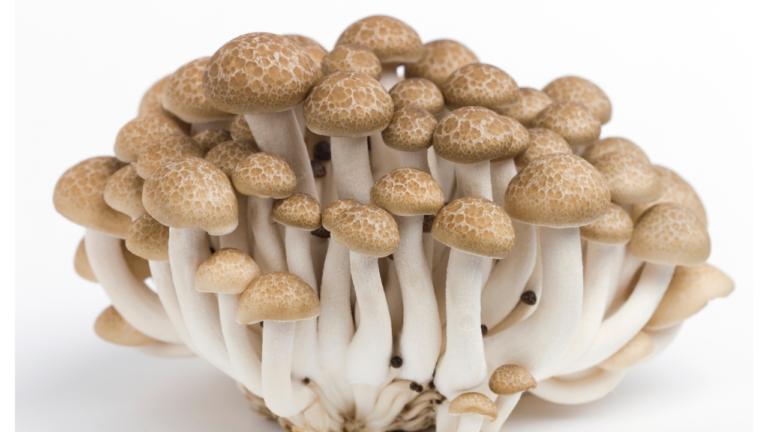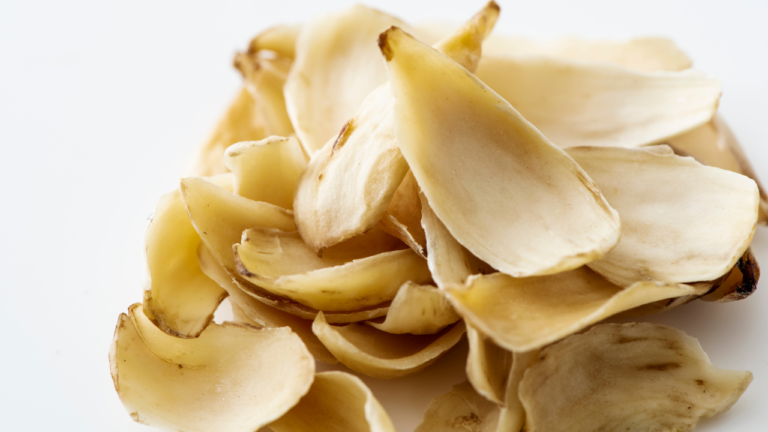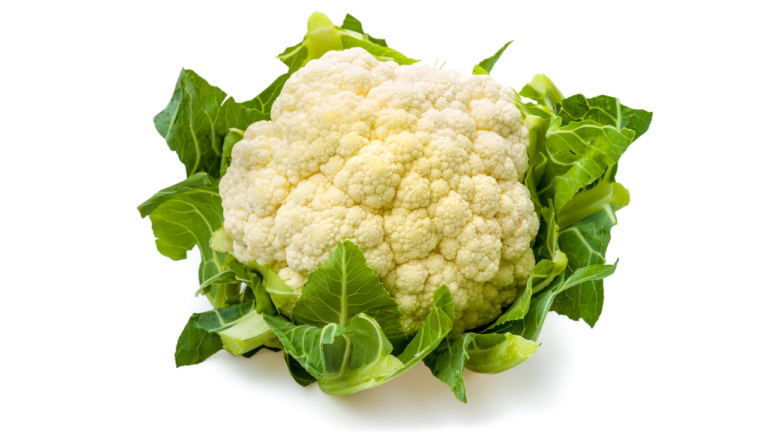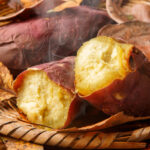Introducing Pasta Alla Gricha, a dish that originated in the Lazio region of Italy!
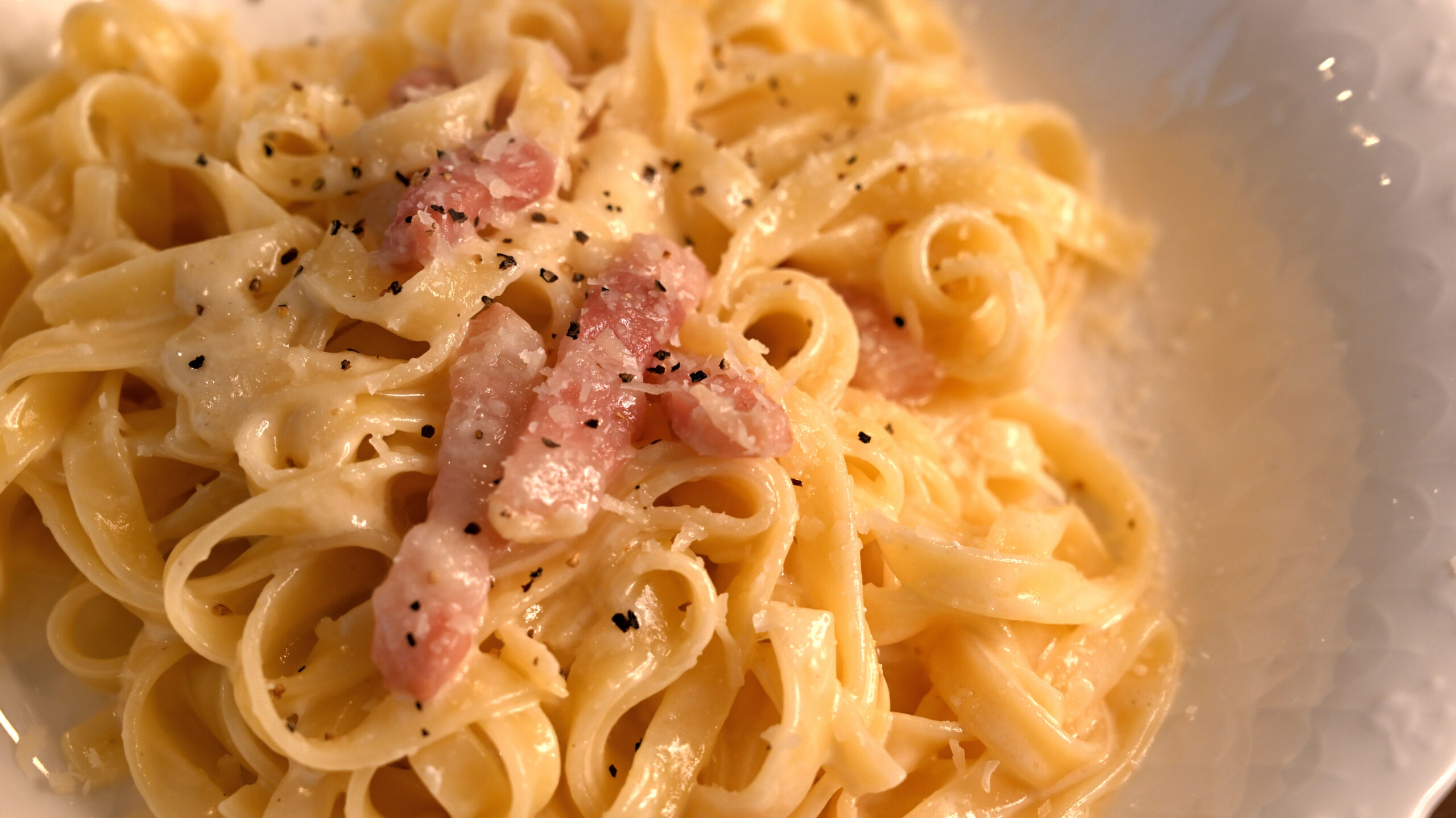
table of contents
Introduction
Pasta alla Gricia is one of the simplest yet profound charms of Italian cuisine. Made with just four ingredients, this dish is known as one of the four major pastas that are representative of Rome. Behind this simplicity is filled with Italian rich history, culture and commitment to materials.
In this article, we will explain in detail how to make Pasta alla Gricia to its fullest, as well as the history and the characteristics of the ingredients that are contained in its name. We will also introduce tips for enjoying foods that are difficult to obtain in Japan, as well as tips for enjoying them at home.
What is Pasta alla Gricia?
A simple dish created by the traditions of the Lazio region of Italy
Pasta alla Gricia is a traditional pasta dish that represents the Lazio region of Italy. Although it is not well known in Japan, it is a dish that is very beloved in Rome, and is highly regarded as one of the "Four Great Pastas of Rome." Along with three other characters, Amatriciana, Carbonara, and Cachoe Pepe, they are iconic Roman cuisine.
Unlike carbonara, Pasta Alla Gricha does not use eggs, so it is sometimes called "eggless carbonara."
The simplicity of Pasta Alla Gricha is the use of only four ingredients: guanchale (salted pork cheeks), pecorino romantico (sea salty cheese made from sheep's milk), black pepper and pasta. These ingredients combine to create an exquisite dish with a deep flavor and smooth texture.
The history of Pasta alla Gricia
Two origins in the name
There are several theories about the origin of the name Pasta alla Gricia.
The first theory is that it comes from a food merchant known as "Gricho" during the Roman period. They mainly sell preserved ingredients such as cured meat and cheese, and Pasta alla Gricia has also evolved into a dish made with these everyday ingredients.
Another theory is that it originates from a village called Grisciano in the Lazio region. This village is close to Amatorice, the birthplace of Amatoliciana, and it is said that it was originally originally created when the tomato-free "white Amatoliciana" was conceived in this village.
Material characteristics and how to choose
About Guanchare
Guanchale, which can be said to be the main character of Pasta alla Gricia, is a food made by salting pork cheeks and aging them. Its rich flavor and rich fat make it an essential element of this dish. It can be difficult to obtain in Japan, but it is being sold at online shops and imported food stores.
If you can't get it, you can use the following substitutes:
| Pancetta | Relatively mild and less flavorful |
| bacon | It has a strong smoky aroma and affects the overall flavor of the dish. |
The importance of Pecorino Romano
Pecorino Romano is a highly salty cheese made from sheep's milk and is an essential part of this dish. It can be confused with Parmigiano Reggiano, but the flavor and texture vary widely. If Pecorino Romano is not available in Japan, you can substitute Parmigiano, but to get closer to the original flavor, we recommend using the authentic one as much as possible.
How to make it
Ingredients (for 4 people)
- Guanchale (or pancetta, bacon)... 200g
- Pecorino Romano (If not, Parmigiano Reggiano)... 60g (grated)
- Black pepper...appropriate amount
- Pasta (such as tagliatelle and rigatoni)... 300g
- Salt... Appropriate amount
Step DETAILS
- Cook
Guanchale Lightly chill the Guanchale in the freezer and cut it to 1cm wide. Slowly stir in a frying pan over medium-low heat, and make it crispy while bringing out the fat. After that, take it out.
Add black pepper to the fat left in the frying pan to bring out the aroma This creates a flavorful base.- the pasta
in plenty of water with salt added to the pasta. Preserve one cup of boiling water for later use. - the sauce is emulsified
and emulsified. This will smoothen the pasta. - Finish
off the heat and add pecorino romantic in two portions and mix thoroughly. Finally sprinkle some black pepper and serve while it's still warm.
How to enjoy and arrange Pasta alla Gricia
Pairing with wine
Pasta alla Gricia is a simple yet rich flavor that goes perfectly with wine. Light white wines and fruity red wines are especially recommended.
Ingenuity to enjoy in Japan
Guanchale is difficult to obtain in Japan, but by using pancetta or bacon as a substitute, you can also recreate it at home. Also, if you can't get Pecorino Romano, you can use Parmigiano Reggiano or Grana Padano.
Arrangement with fresh cream
The traditional Pasta alla Gricia features a simple, dairy-free sauce, but by adding fresh cream, you can also enjoy a richer and creamier finish.
For those who like carbonara with cream, which is familiar to Japan, we recommend Pasta Alla Gricha with cream in particular.
summary
Pasta alla Gricia is a pasta that is not well known in Japan, but it is easy to try at home because it can be made using simple ingredients and procedures. Please use this article as a reference and enjoy the deep flavor of Pasta alla Gricia!




